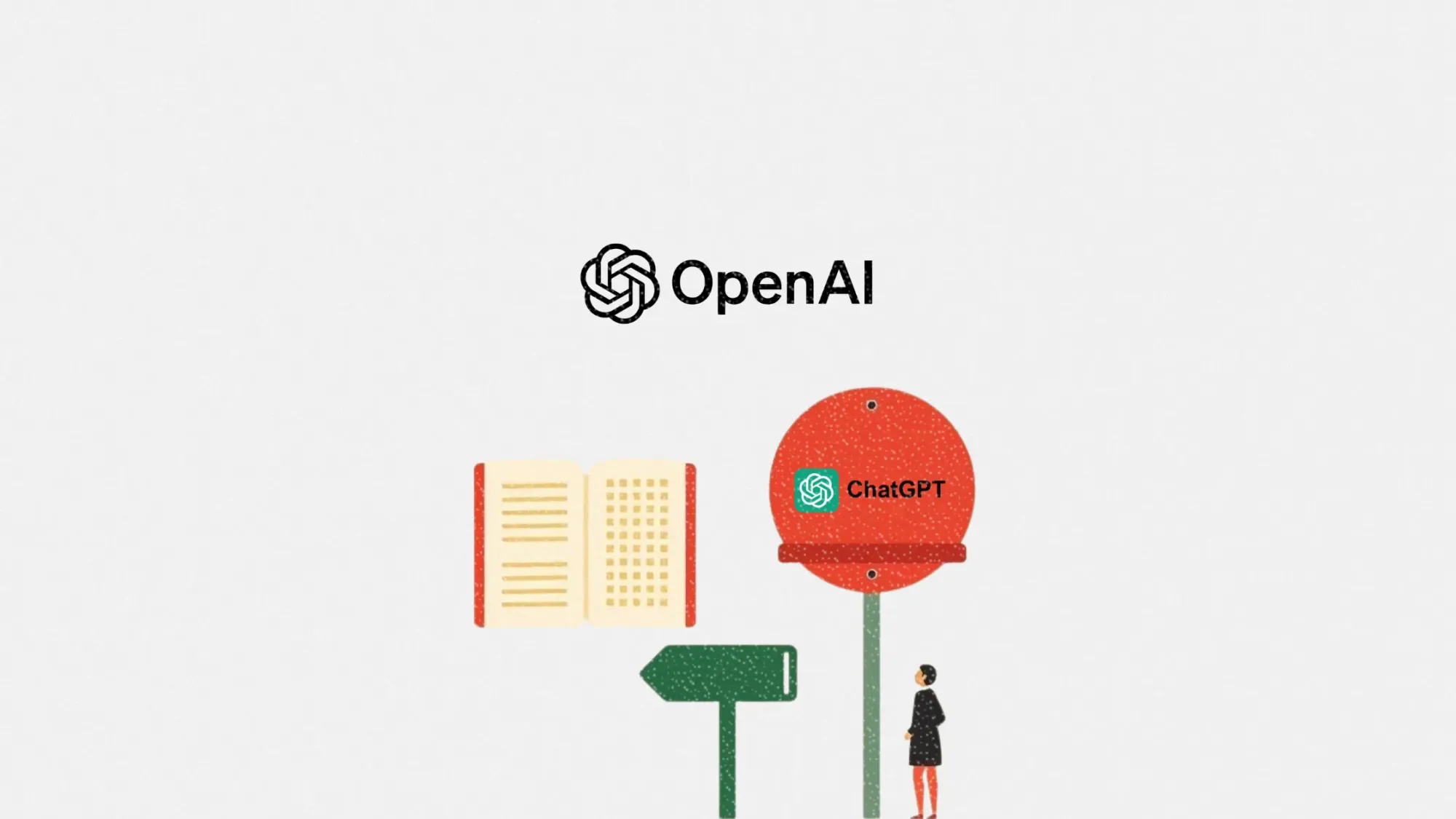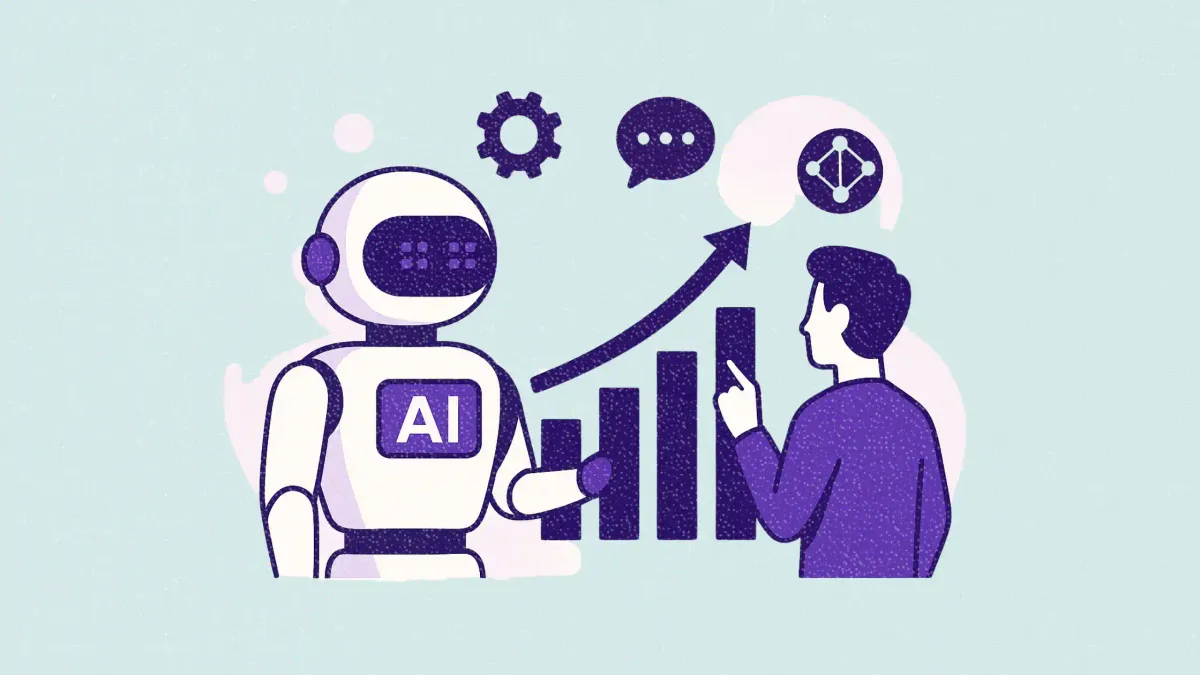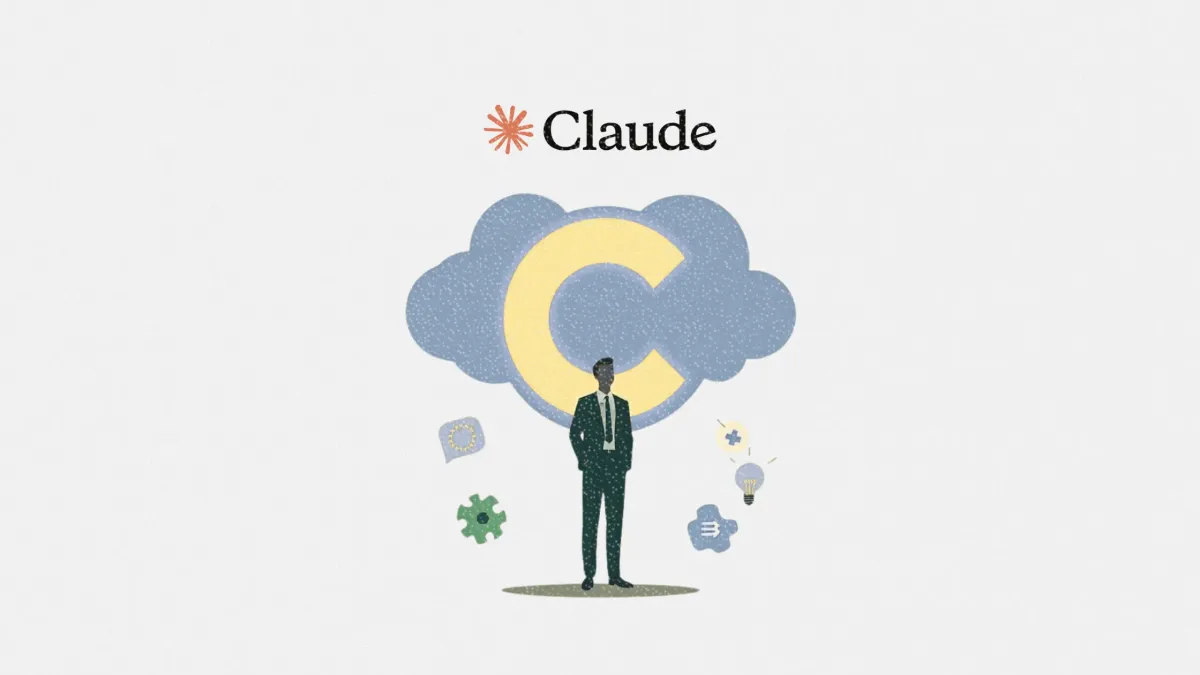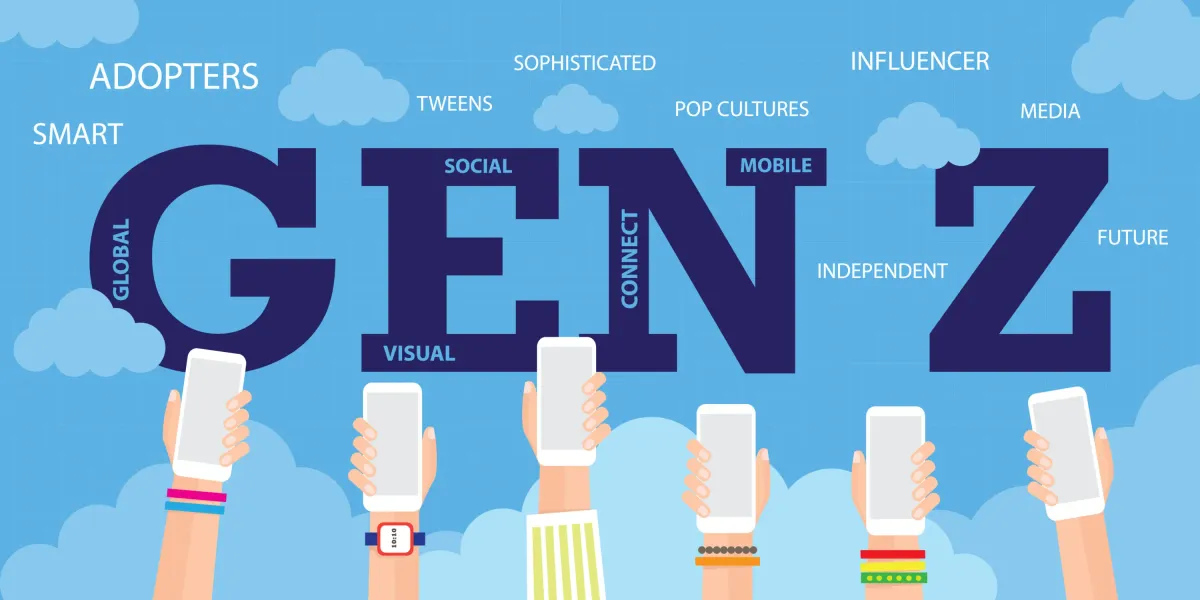OpenAI’s new ChatGPT ads go human-first
OpenAI shifts from AI hype to human stories in its biggest ChatGPT campaign yet

OpenAI is rolling out its largest brand campaign yet for ChatGPT, and this time, the AI company is ditching the tech-first narrative. Instead, it's embracing real, human-centered stories—from finding a recipe for date night to planning a sibling road trip.
Following a visually abstract Super Bowl debut earlier this year, OpenAI’s new campaign marks a creative 180. The company is now leaning into everyday relatability to win over broader audiences.
This article explores the pivot, the storytelling approach behind the new ads, and what it signals for marketers navigating a crowded AI landscape.
Short on time?
Here’s a table of contents for quick access:
- What’s new in OpenAI’s ChatGPT brand campaign
- Why OpenAI is shifting toward emotional storytelling
- What marketers should know

What's new in OpenAI’s ChatGPT brand campaign
OpenAI's new ad series debuted during NFL Primetime and will run through the end of the year across the U.S. and U.K. The media buy spans TV, streaming, out-of-home, paid social, and influencer partnerships.
According to Chief Marketing Officer Kate Rouch, it's a bigger spend than the brand's inaugural Super Bowl ad.
Watch the new ads here:
Each spot is based on real-world ChatGPT use cases and features young people, highlighting them as some of the tool’s most creative users. Scenarios include using ChatGPT to impress a date with a dinner recipe, get back in shape with workout tips, or plan a multi-state road trip with friends.
Why OpenAI is shifting toward emotional storytelling
This campaign is a departure from OpenAI’s Super Bowl ad, which leaned on pointillism animation to portray ChatGPT as the next chapter in the tech innovation timeline. That spot positioned OpenAI as the vanguard of technological progress.
Now, the messaging has turned inward. ChatGPT isn’t just for work or science fiction. It’s for cooking, studying, and life’s unpolished in-between moments. According to VP of Creative Michael Tabtabai, the intent was to show up "with humanity, creativity, and a clear focus on people."
Director Miles Jay filmed the campaign on 35mm, a choice that evokes warmth and tactility. Meanwhile, stylist Heidi Bivens and photographer Samuel Bradley worked on the print and out-of-home creative. The ads were developed in-house at OpenAI alongside creative agency Isle of Any and media agency PHD.
Interestingly, the brand also used ChatGPT itself during the creative process. Zach Stubenvoll, OpenAI’s Executive Creative Director, said the tool served as a co-creator, helping brainstorm character ideas and scenario possibilities.

What marketers should know
OpenAI’s new storytelling pivot is more than a brand refresh. It is a signal for marketers watching how AI is being positioned in public consciousness.
1. Emotional resonance sells, especially in tech
AI brands often fall into the trap of showcasing "cool tech" over practical use. OpenAI is doing the opposite. By highlighting small, relatable moments, it reframes ChatGPT not as a futuristic disruptor but as an everyday utility. For marketers, the lesson is clear: framing your product in human terms drives broader adoption.
2. Co-creation with AI is a viable creative workflow
Rather than presenting ChatGPT as an end product, OpenAI used it as a collaborator in ad development. This blend of human and machine ideation could become the norm, especially for lean creative teams. Marketers should explore how generative AI tools can accelerate early concepting or provide first drafts for campaign ideas.
3. Targeting younger users without ignoring their influence
By centering Gen Z in its ads, OpenAI is targeting a demo known for early tech adoption and high social sharing power. Even if your core audience skews older, the brand influence of younger consumers should not be underestimated. Their usage can inform cultural credibility and trend momentum.

4. A brand’s tone can evolve quickly and should
In less than a year, OpenAI has gone from abstract futurism to intimate storytelling. For marketers, this is a reminder that brand tone does not have to be static. If market perception shifts or if your product finds new relevance, it is okay to reposition accordingly. Just do it with intention.






